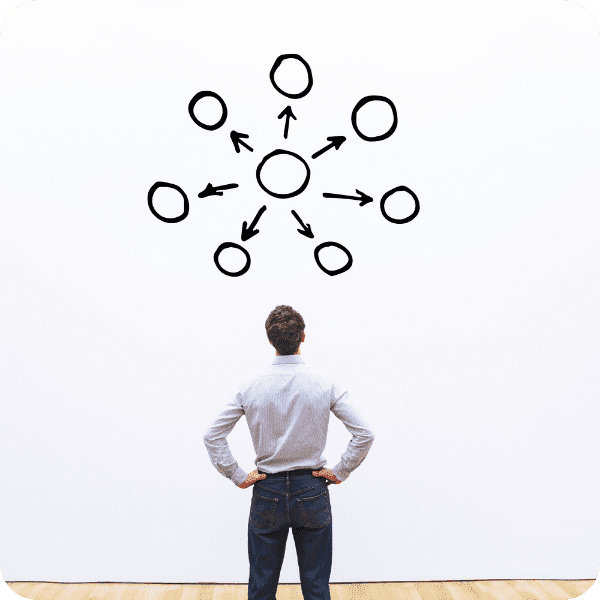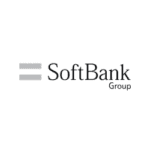 Since the advent of casino loyalty clubs, data has been a core component of gaming revenue management. Loyalty clubs not only boost lifetime value of frequent players, but they also glean valuable business insights from their behavior. These behavioral learnings, such as how guests spend at the property when they have a room and/or free play offers, and how much theoretical value was produced during their stay, can help further refine marketing by making offers more relevant to guests.
Since the advent of casino loyalty clubs, data has been a core component of gaming revenue management. Loyalty clubs not only boost lifetime value of frequent players, but they also glean valuable business insights from their behavior. These behavioral learnings, such as how guests spend at the property when they have a room and/or free play offers, and how much theoretical value was produced during their stay, can help further refine marketing by making offers more relevant to guests.
Thanks to the power of big data and artificial intelligence, casino revenue managers have an unprecedented level of detail at their disposal. This is why revenue management and marketing must collaborate closely: the combination of loyalty data and marketing insights is greater than the sum of its parts. At the heart of this collaboration is your CRM: a single shared view into guest behavior that drives success.
Rev up your CRM
Bad data ruins everything. To put your CRM in top gear, you need clean data. Data should be merged and de-duplicated so it can be used to refine marketing and personalize communications without the risk of generic, overlapping communications.
To get a steady stream of accurate, permissioned guest data, audit your customer touchpoints, and pull data into a data layer that connects to your CRM. This unified view across channels should also include non-room revenue tied in with gaming so you can have a full picture of each guest’s profit profile.
Create bespoke segments
Precise, accurate, and current segments that factor in all reinvestments are critical to CRM success. With so much data flowing in real-time, it enables dynamic segmentation to improve precision and reduce manual work. These are rules that automatically tag guests that meet certain criteria and then place them into relevant segments.
These rules can be based on booking channels, demographics, geography, length-of-stay, booking window, or the recency/frequency of booking or trip. Once a profile joins a segment, it’s automatically added to relevant ongoing campaigns. This streamlines guest engagement and allows you to focus less on sending emails and more on crafting relevant content.
Demand forecasting is also a factor. Precise segmentation allows you to refine forecasting based on individual segments. Micro-targeting is optimal for maximizing revenue; as you track pace and pick-up for each segment, you can identify marketing, comping and pricing opportunities to help drive total lifetime value.
Define your attribution
Attribution is how you connect marketing with revenue. It shows you what works to drive the most company-wide profit so that you can do more of what works. Use a unique token, UTM, or offer code for each campaign so you can attribute any conversion to its last touchpoint. Or better yet, build out custom landing pages for each campaign that speak directly to your target segment. Custom landing pages are proven to perform well and are easier to attribute.
There’s a virtuous cycle at work: the better your attribution, the better your marketing decisions. You’ll earn more profit and build a more robust CRM, which can then be used to improve your ongoing marketing strategy. The cycle then repeats: the attribution feeds back into the CRM so you can track your marketing’s success.
Use dynamic content
Dynamic content converts better. And it creates a better user experience, as people are served with relevant offers suitable for their tastes.
Translate your CRM’s rich guest profiles into personalized content, adjusting your offers and advertising creative based on demographics and psychographics with dynamic content. For example, focus on new spa packages for guests that usually enjoy a treatment during their stays and see how that translates to total spend for the trip. Or announce the release of new slot machines to players that frequently play similar games to help drive total value.
The more information you capture in the CRM, the more you can communicate with guests 1:1 – and make your dynamic content more compelling. This extends to your guest communications, where mentality and mindset matter tremendously. Use what you know about guests to adjust your tone, timing, and messaging dynamically, so that you’re making offers (and promoting upsells and ancillaries) at precisely the right time and on the most effective channels.
Focus on total guest spend
Your CRM is the enabler of total revenue management. It gives you behavioral insights into how, where, and when guests spend money across your property.
These behavioral insights reveal the overall revenue potential of each guest, whether they stay overnight or not. This precision gives you the best revenue lever of all: optimizing total guest spend.
Your CRM holds the answer to three key questions: which visitors spend money at which outlets, such as spas, nightclubs, concerts, restaurants, and retail; how does the spending correlate to booking behavior and/or gaming spend; and what is the likelihood that they will spend again and how frequently? Having the answers to these questions at your fingertips allows you to get a holistic view of your best customers and those with the potential to be best customers, expanding beyond room and gaming revenues to total spend across your large, integrated resort. You may be surprised to find valuable opportunities in unexpected segments!
Embed the total revenue mentality across your revenue, marketing, and sales departments by tracking this metric, discussing it frequently at team meetings, and aligning incentives. You’ll improve your marketing performance, which reduces cost while also driving profit.
Automate what works
After sufficient experimentation, you’ll have a substantial collection of tactics that works for your property. Once you find something that works, automate it. For example, once you know that a guest typically visits your property between 2 and 5 p.m. every other Saturday, you can create an automation that triggers a promotional email if the guest misses a few Saturdays.
As you narrow in on behavioral insights, confirm your assumptions by testing for accuracy and precision. Is behavior consistent and reliable? Or is it random and unpredictable? Actions that repeat themselves with a certain amount of predictability are ideal for automation.
Turn the most promising insights into automations so that you’re building a flywheel of automatic revenue management tools.
Looking ahead
As you tailor your marketing and customer communications based on segment, demand forecasts, and behavior, you’ll gain momentum that builds organically. Your CRM becomes the fuel that drives your property’s revenue management strategy forward.



















